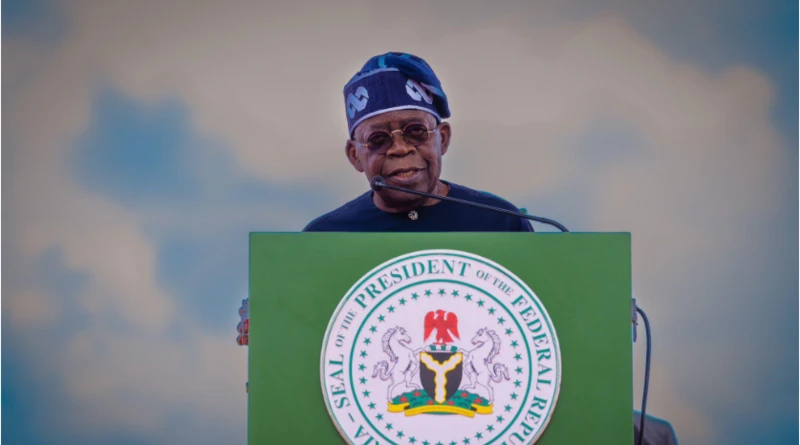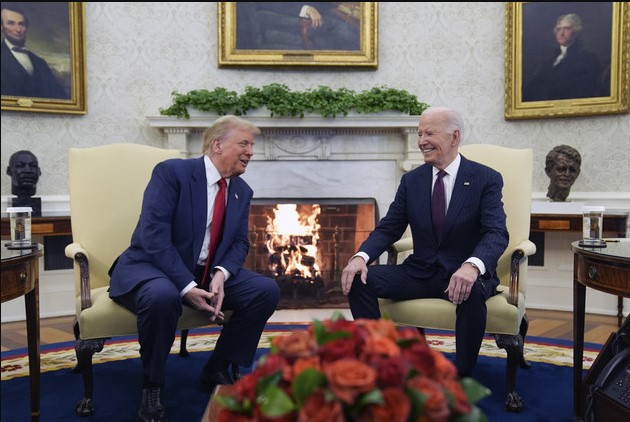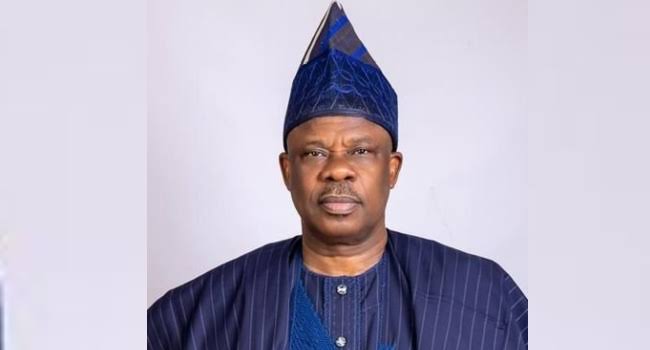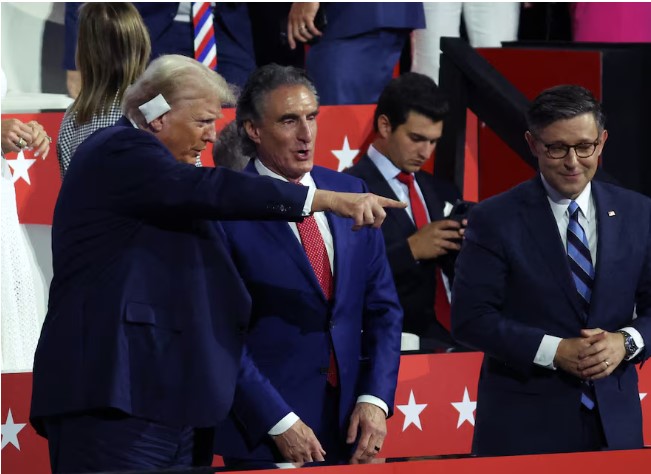Six Ways Donald Trump Plans to Transform the U.S. Economy
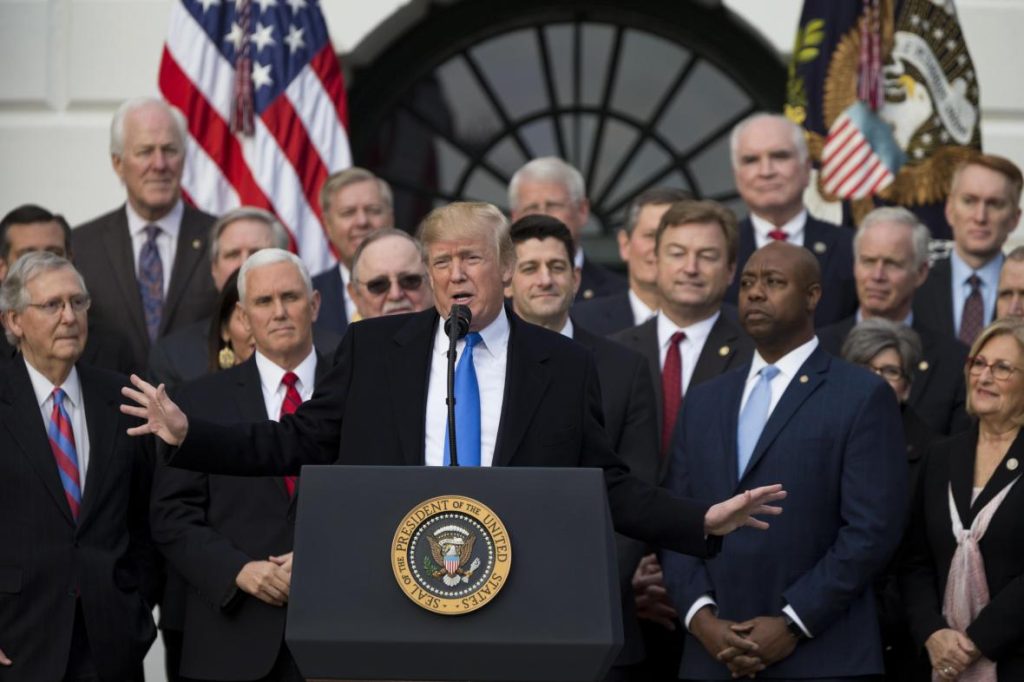
As Donald Trump prepares for his second term in office, he is making bold promises to overhaul the U.S. economy, with a focus on tackling inflation, reducing energy costs, and revamping trade policy. In stark contrast to President Joe Biden’s economic approach, Trump’s plan is shaped by a mix of tax cuts, deregulation, aggressive tariffs, and a return to fossil fuel dependence. Here are six key ways Trump aims to reshape the nation’s economic landscape:
1. Tax Cuts and Deregulation
Trump’s first term saw the passage of the Tax Cuts and Jobs Act (TCJA), which dramatically lowered corporate tax rates and altered personal income taxes. With the TCJA set to expire in 2025, Trump is determined to extend and expand these cuts. He plans to slash the corporate tax rate from 21% to 15% for businesses manufacturing in the U.S., while also eliminating taxes on tips, overtime pay, and social security benefits. These measures aim to keep more money in consumers’ pockets, even if they don’t directly reduce the cost of living.
On the regulatory front, Trump is committed to reducing red tape, particularly in industries like technology, finance, and energy. Silicon Valley, for instance, could see looser regulations, particularly for emerging technologies like artificial intelligence. Financial services and cryptocurrency markets are also likely to face less stringent oversight. By reducing regulations, Trump believes that businesses will have more freedom to grow, though critics warn that deregulation could come at the cost of consumer protection.
2. Aggressive Tariffs on Foreign Goods
Trump’s “America First” trade policy was a hallmark of his first administration, and he plans to continue it with even harsher tariffs on imported goods, particularly from China. During his campaign, Trump proposed raising tariffs on Chinese products to as much as 60% and on goods from other countries to at least 10%. This move is designed to make U.S. products more competitive by discouraging imports, which he argues will boost domestic manufacturing jobs.
However, these tariffs could lead to higher prices for American consumers, as manufacturers who rely on cheap imported components would face increased production costs. While tariffs may incentivize companies to build more factories in the U.S., experts warn that they could also provoke retaliatory measures from other countries, potentially leading to a trade war with severe economic consequences.
3. Influencing Interest Rates
Trump has long criticized the Federal Reserve for its interest rate policies, accusing the central bank of stifling economic growth by keeping rates too high. As president, he plans to pressure the Fed to lower interest rates, which would make borrowing cheaper for consumers and businesses alike. In particular, Trump has expressed frustration with the Fed’s refusal to lower rates during his first term, arguing that it contributed to sluggish economic recovery.
To exert more control over interest rate decisions, Trump could push to reshape the Fed’s board. While the president does not have direct control over the central bank, he can influence its composition through appointments. Trump’s economic advisers have suggested creating a “shadow” Fed chairman to exert pressure on the current chair, Jerome Powell, and signal his own policy preferences.
4. Credit Card Interest Rate Cap
In a bid to alleviate financial strain on American consumers, Trump has proposed a temporary cap on credit card interest rates at 10%. This proposal comes in response to the growing credit card debt crisis, which has reached an all-time high of $1.14 trillion. While the move is likely to be popular among consumers burdened with high-interest debt, critics warn that it could lead to reduced access to credit for riskier borrowers, particularly those with poor credit histories.
By limiting the profitability of credit cards, banks might be less inclined to offer cards to individuals who are more likely to default, potentially exacerbating financial exclusion for some segments of the population.
5. Boosting Fossil Fuel Production
Trump has promised to reverse Biden-era restrictions on fossil fuel production, vowing to unleash a new era of domestic drilling. His plan, encapsulated by the slogan “Drill, baby, drill,” focuses on increasing oil and gas production on public lands and offshore drilling sites. Trump aims to reduce energy bills by 50% within his first year in office, a goal he believes can be achieved by ramping up domestic supply.
Critics, however, argue that global markets, rather than domestic production policies, are the primary drivers of energy prices. While the U.S. has seen a dramatic rise in fossil fuel production in recent years, prices are often dictated by global supply and demand dynamics. Some experts are skeptical that Trump’s ambitious energy goals will have much of an impact on consumer costs.
6. Mass Deportation of Undocumented Immigrants
One of Trump’s most controversial proposals is his plan to carry out the largest mass deportation of undocumented immigrants in U.S. history. Trump argues that undocumented workers are taking jobs away from American citizens and driving up housing costs, particularly in sectors like agriculture and construction. By removing millions of unauthorized workers, he believes the job market would improve for native-born Americans.
However, economists warn that such a policy could have significant negative consequences. For example, undocumented workers make up a substantial portion of the agricultural labor force, and their removal could lead to labor shortages and higher food prices. Additionally, Trump’s plan to restrict legal immigration could exacerbate labor shortages, particularly as the U.S. faces an aging population and a massive wave of retirements.
Donald Trump’s economic agenda promises a sharp break from the policies of the Biden administration, with a focus on cutting taxes, deregulating industries, and boosting domestic production through tariffs and fossil fuel expansion. While his proposals are designed to address issues like inflation and job creation, critics warn that they could lead to higher consumer prices, trade tensions, and long-term fiscal challenges. As Trump prepares to take office, the success or failure of his economic vision will be closely watched.


